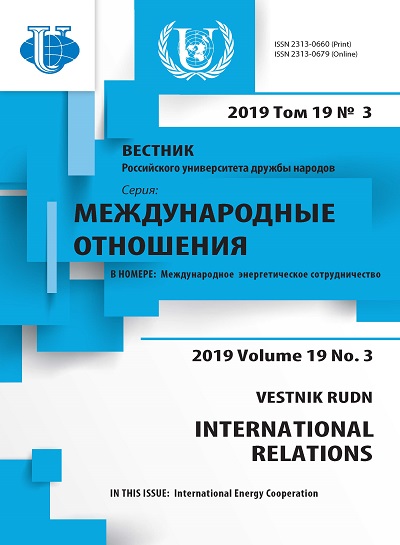Abstract
Religious violence has become increasingly relevant in political and academic discourses. Because of the revival of religions, the contemporary world cannot be understood without accounting for the role of religion and religious organizations in peace and conflict, including the case of Ethiopia. The purpose of this article is to examine the role of religion in peace and conflict in the post 1991 of Ethiopia. Methodologically, the paper employed qualitative research approach by relying on secondary sources of data. The findings of the research revealed that Ethiopia has many positive assets that have to be exploited fully and critically including the role of the Inter-Religious Council. The religious policies of the present Ethiopian government are remarkably different from any of the previous ones with regard to the measure of religious freedom they provide. Paradoxically, one may wonder why is it at this time, where religious freedom and equality of religion are guaranteed, we are witnessing increased tensions and violent religious conflicts in contemporary Ethiopia. Inter-religious relations in Ethiopia have been peaceful and tolerant for long period. However, the rise of inter-religious conflicts in recent decades is taking place. Generally, in contemporary Ethiopia religion is used both as an instrument for producing conflict in certain circumstances and as a powerful resource for peace and transformation of conflict in the society. On the whole, identifying the role of religion in conflict is a very complex task to accomplish, as there are multiple variables to be well-thought-out.











